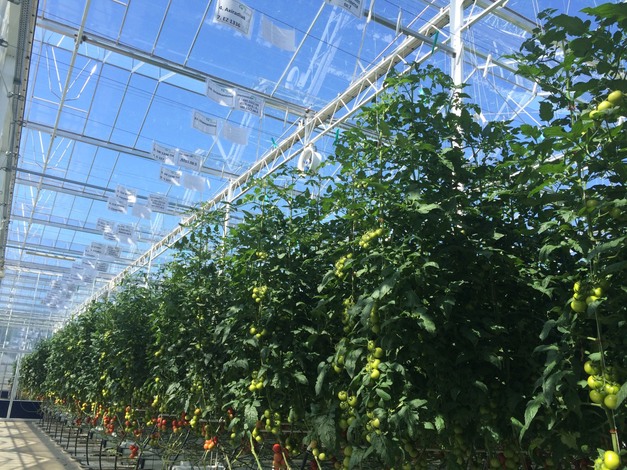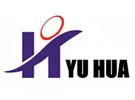Nowadays, when we talk about glass greenhouses, one of the profiles that must be mentioned is glass. Greenhouse glass is divided into two large pieces: one is the top glass, and the other is the side wall glass. As the main source of light, the top of the greenhouse is particularly important for greenhouse planting yield. There are two types of glass currently used on the top of greenhouses: one is scattering glass, and the other is coated anti-reflective glass. Marcel Kahi with Yuhua Glass updates us on coated anti-reflective glass.

Yuhua Greenhouse anti-reflective glass
Greenhouse anti-reflective glass can achieve such an exaggerated yield increase effect mainly due to the various functions of glass.
"First, We say that one harvest comes with sunshine. This is not empty talk", Marcel says. According to the Wageningen University laboratory test report, for every 1% increase in the light transmittance of greenhouse glass, the greenhouse production capacity increases by 1%.
"Greenhouse high-transmittance and anti-reflection glass can currently produce a light transmittance of up to 97.5% - and our glass is the only glass in China that can do so", he adds. "Compared with other types of glass, the light transmittance is 6% higher. (Note: here In comparison, the ultra-white pear scattering glass has a light transmittance of 91.5%)."
"Thanks to the high light transmittance, the greenhouse's demand for regional lighting is reduced, and greenhouses can be constructed and used normally in some areas with weak lighting," he continues.
Marcel adds vertical cultivation in glass greenhouses has become the standard. "Let's take tomatoes here. Tomatoes grown in glass greenhouses can grow up to 5 meters high. During the mature stage, the leaves have about 7 layers, and the upper part is more lush and the leaves are large, blocking the bottom leaves' need for light. The scattering characteristics of the coated anti-reflective glass can ensure that light is softly sprinkled on the leaves at the bottom of fruits and vegetables, ensuring the demand for light at the bottom and still ensuring the healthy growth of greenhouse crops."

Greenhouse anti-reflective glass
"We understand that the glass greenhouse is a high temperature and high humidity environment. Water droplets will condense on the glass. If you use ordinary glass, the water droplets will drip from the glass to the greenhouse seedlings or flower buds, affecting the pollination of fruits and vegetables, resulting in reduced yields", he continues.
"The hydrophilic nature of the coated anti-reflective glass will cause water droplets to condense on the glass surface, which will be affected by the anti-reflective glass coating layer. It will quickly spread on the glass surface and will not condense into water droplets, thus avoiding the impact of dew."
According to Marcel, compared with ordinary glass, anti-reflective glass has also made great efforts in transmitting light. "Compared with other types of glass, anti-reflective glass has a light transmittance of 98%-99% in the blue and purple light bands of 400-750."
"Blue-violet light is key to the growth of fruits and vegetables. In a greenhouse covered with anti-reflective glass, the vitamin C, fructose, and protein content of fruits and vegetables will be about 4% higher than that of other types of greenhouses. The fruits and vegetables grown are of higher quality."

The last thing he wants to emphasize is the etching process used in the anti-reflective glass coating process. "Therefore, when the glass is not damaged, the coating layer of the glass is permanently effective, which means that the anti-reflective glass does not have the problem of light transmittance attenuation. The most feared thing about the greenhouse top covering material is the attenuation of light transmittance."
Based on the above glass characteristics, the data of Jingpeng Experimental Greenhouse and Urban Green Experimental Greenhouse in China show that, in terms of data on tomatoes, cucumbers, etc., the total production capacity increased by about 36%. "The quality and color of fruits and vegetables are brighter, and the content of vitamins and sugars is higher, about 4% higher on average", he adds.
For more information:
Yuhua Glass
Tel.: +86 (0) 371 8655 2590
[email protected]
www.yuhua-glass.com
